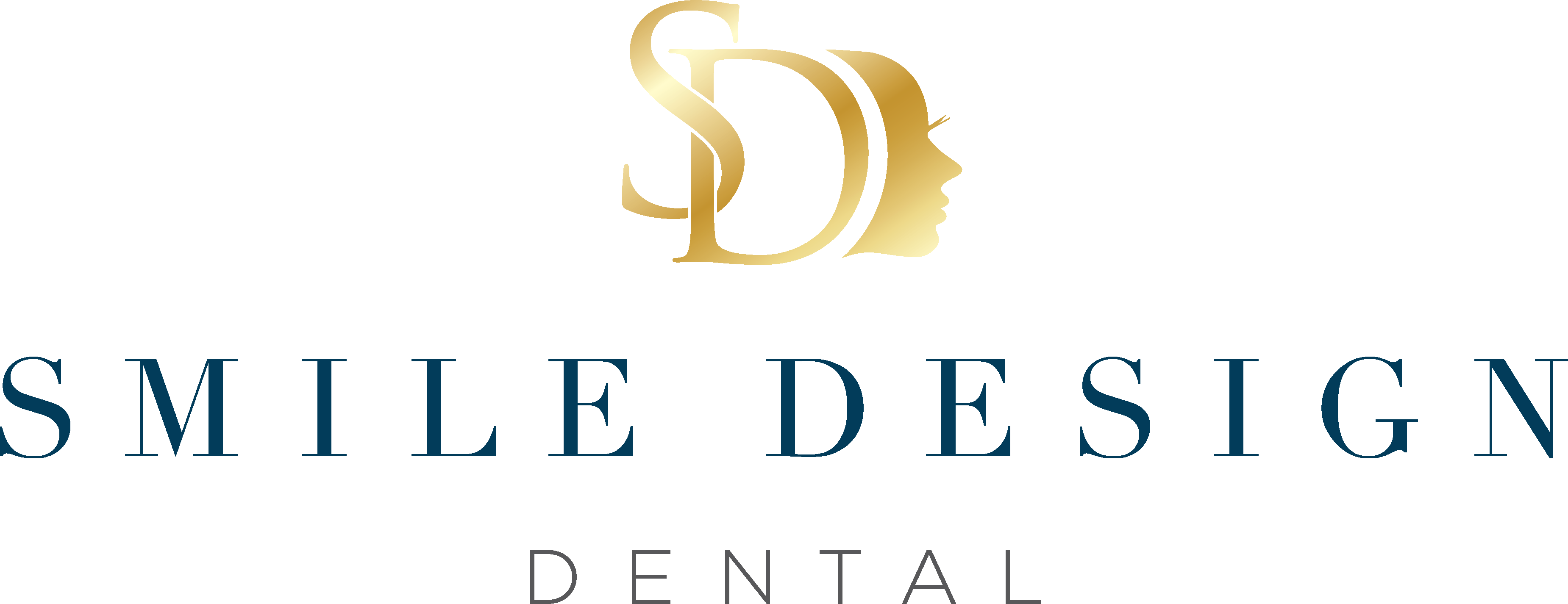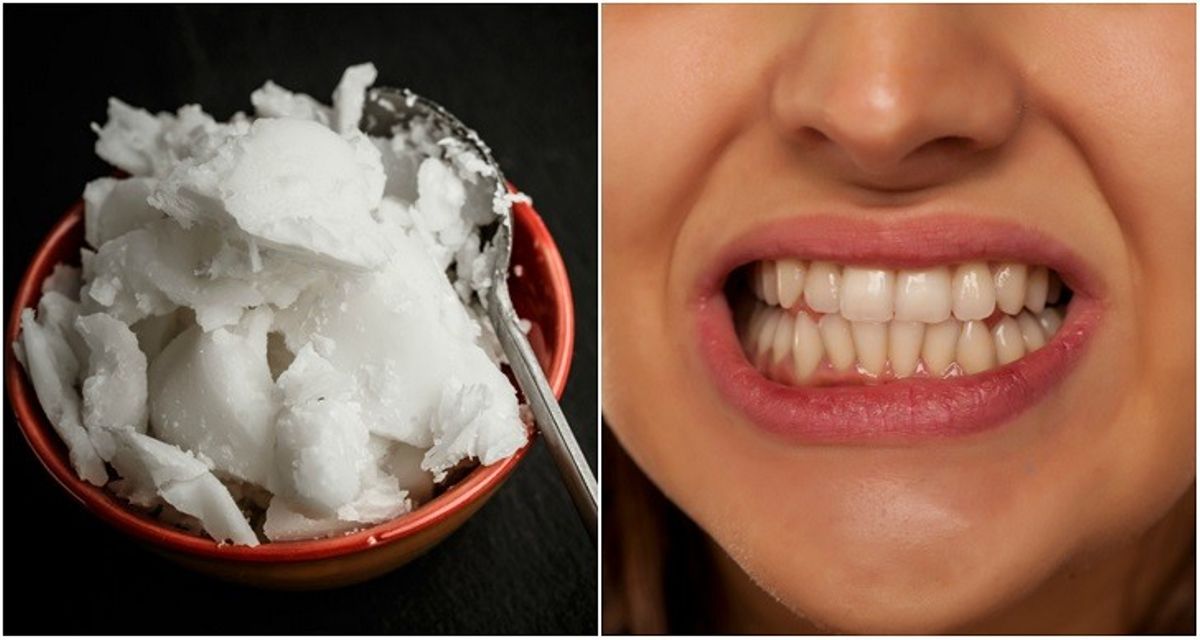
Understanding Dental Anxiety
Dental anxiety is a widespread concern that affects individuals of all ages, leading to significant stress and apprehension at the thought of visiting a dentist. This fear can stem from a variety of sources, such as past traumatic experiences, fear of pain, or the sounds and smells associated with dental clinics. The Australian Dental Association acknowledges the prevalence of dental anxiety and emphasises the importance of addressing these fears to ensure patients do not avoid necessary dental care. Avoidance not only exacerbates dental issues but can also negatively impact overall health and well-being.
What is Nitrous Oxide?
Nitrous oxide, commonly referred to as happy gas, is a colourless, sweet-smelling gas that has been used in dentistry since the 19th century for its anaesthetic and analgesic properties. When inhaled, it induces a state of relaxation and well-being, making it an excellent option for patients experiencing dental anxiety. Nitrous oxide is administered through a mask placed over the nose, allowing the patient to breathe in a mixture of nitrous oxide and oxygen. The patient remains conscious and can communicate with the dental team, which is crucial for maintaining comfort and safety during procedures.
The Role of Nitrous Oxide in Dentistry
The use of nitrous oxide in dentistry is widely recognised for its ability to create a more pleasant and less stressful dental experience. The Australian Health Practitioner Regulation Agency (AHPRA) and the Dental Board of Australia regulate the administration of nitrous oxide, ensuring that it is used safely and effectively. Nitrous oxide works rapidly, with its calming effects felt within a few minutes. This quick onset makes it ideal for short procedures and for helping anxious patients relax. The effects wear off soon after the mask is removed, allowing patients to recover quickly without lingering grogginess, making it a practical option for those who need to resume their daily activities post-procedure.
Nitrous Oxide vs. Other Sedation Methods
In comparing nitrous oxide with other dental sedation methods, such as oral sedatives or intravenous (IV) sedation, several advantages become apparent. Unlike oral sedatives, which require ingestion prior to the appointment and can lead to prolonged sedation effects, nitrous oxide’s effects are almost immediate and dissipate quickly once the gas is no longer administered. This immediacy and reversibility offer a significant advantage for patients and dental professionals. IV sedation, while effective for more extensive procedures, requires more extensive preparation and recovery time, and patients need someone to accompany them home. In contrast, patients can safely leave the dental office on their own shortly after using nitrous oxide. The Australian Society of Anaesthetists provides guidelines on the use of sedation in dentistry, ensuring patient safety and informed consent are prioritised across all sedation methods.
How Nitrous Oxide Alleviates Dental Anxiety
The mechanism by which nitrous oxide alleviates dental anxiety is twofold, impacting both the psychological and physiological aspects of fear. Psychologically, the euphoric feelings induced by nitrous oxide help to distract the mind from anxiety and discomfort, making the dental experience more pleasant and less intimidating. Physiologically, nitrous oxide acts as a mild sedative, relaxing the body and reducing the fight-or-flight response often triggered by dental anxiety. This dual action makes nitrous oxide an effective tool in managing dental anxiety, providing a bridge for many patients between avoiding dental care and receiving the treatment they need in a manner that feels safe and comfortable.
The Dental Board of Australia underscores the importance of dentists being skilled in managing anxious patients, including the use of sedation techniques like nitrous oxide. This ensures that dental professionals can cater to a wide range of patient needs, making dental care more accessible and less daunting for those who might otherwise forego treatment due to fear.
Safety and Side Effects
The use of nitrous oxide in dentistry is considered highly safe when administered by qualified professionals. According to guidelines set forth by the Dental Board of Australia, dental practitioners administering nitrous oxide must undergo specific training to ensure the safety and well-being of their patients. The side effects of nitrous oxide are generally minimal and may include mild nausea or dizziness, which typically resolve shortly after the cessation of gas flow. To mitigate these risks, patients are advised to eat only a light meal a few hours before their procedure. The quick recovery time associated with nitrous oxide means patients can almost immediately resume their normal activities, a significant advantage over more intensive sedation methods.
Who Can Benefit from Nitrous Oxide?
Nitrous oxide is suitable for a wide range of patients, including children and adults who experience mild to moderate dental anxiety. It is particularly beneficial for patients who need minor dental procedures but feel anxious about undergoing treatment. However, it may not be suitable for everyone. Patients with certain respiratory conditions, such as chronic obstructive pulmonary disease (COPD), or those who are pregnant, especially in the first trimester, should discuss alternative options with their dentist. The Australian Dental Association provides resources for dentists to determine patient suitability for nitrous oxide sedation, ensuring that each individual’s medical history and current health status are carefully considered before proceeding with sedation.
Preparing for a Procedure with Nitrous Oxide
Preparation for a dental procedure involving nitrous oxide is straightforward, reflecting its ease of use and safety profile. Patients are advised to wear comfortable clothing and avoid heavy meals a few hours before their appointment. It’s important for patients to communicate openly with their dental team about their medical history and any medications they are taking, as this information can affect sedation safety and efficacy. Dentists trained in sedation dentistry will provide patients with detailed instructions during the pre-treatment consultation, ensuring they are fully informed and comfortable with the planned procedure.
Embracing a Stress-Free Dental Experience
The advent of nitrous oxide sedation in dentistry has transformed the dental experience for anxious patients, offering a stress-free alternative to traditional dental care. Its ability to reduce anxiety and discomfort has made dental visits more accessible and less daunting for individuals who might otherwise avoid essential treatment. By choosing a dental practice that offers nitrous oxide sedation, patients can take an active step towards maintaining their oral health in a comfortable and anxiety-free environment.
The role of dental professionals in patient education and communication cannot be overstated. By providing clear, compassionate explanations of available sedation options, including the benefits and limitations of nitrous oxide, dentists can help patients make informed decisions about their dental care. This collaborative approach ensures that each patient’s needs and concerns are addressed, fostering a positive and trusting relationship between patient and practitioner.
FAQs About Nitrous Oxide and Dental Anxiety
To further assist patients in understanding how nitrous oxide can be used to alleviate dental anxiety, here are answers to some frequently asked questions:
- Q: How long do the effects of nitrous oxide last? A: The effects of nitrous oxide wear off within minutes after the gas supply is stopped, allowing patients to recover quickly.
- Q: Can I drive after receiving nitrous oxide sedation? A: Yes, one of the benefits of nitrous oxide is that its effects dissipate quickly, allowing most patients to drive themselves home after their procedure.
- Q: Is nitrous oxide sedation covered by dental insurance in Australia? A: Coverage can vary depending on your insurance plan. Patients are encouraged to check with their insurance provider and dental practice to understand their coverage details.
- Q: Are there any restrictions on who can receive nitrous oxide? A: While nitrous oxide is safe for most patients, certain conditions may warrant caution or alternative approaches. Your dentist will evaluate your suitability based on your health history.
In conclusion, the use of nitrous oxide in dentistry represents a significant advancement in the management of dental anxiety, making dental care more accessible and less stressful for patients. By choosing a qualified and compassionate dental team that prioritises patient comfort and safety, individuals can experience the benefits of modern sedation techniques.
At Smile Design Dental in Kangaroo Point, Brisbane, patients can expect a warm and welcoming environment where their comfort and well-being are the top priority. With a commitment to providing stress-free dental experiences through the use of nitrous oxide and other advanced techniques, Smile Design Dental is dedicated to ensuring that every visit is as comfortable and positive as possible.
By embracing these advancements in dental care, patients can overcome their dental anxiety and take proactive steps towards achieving and maintaining optimal oral health, knowing they are in safe and capable hands.


